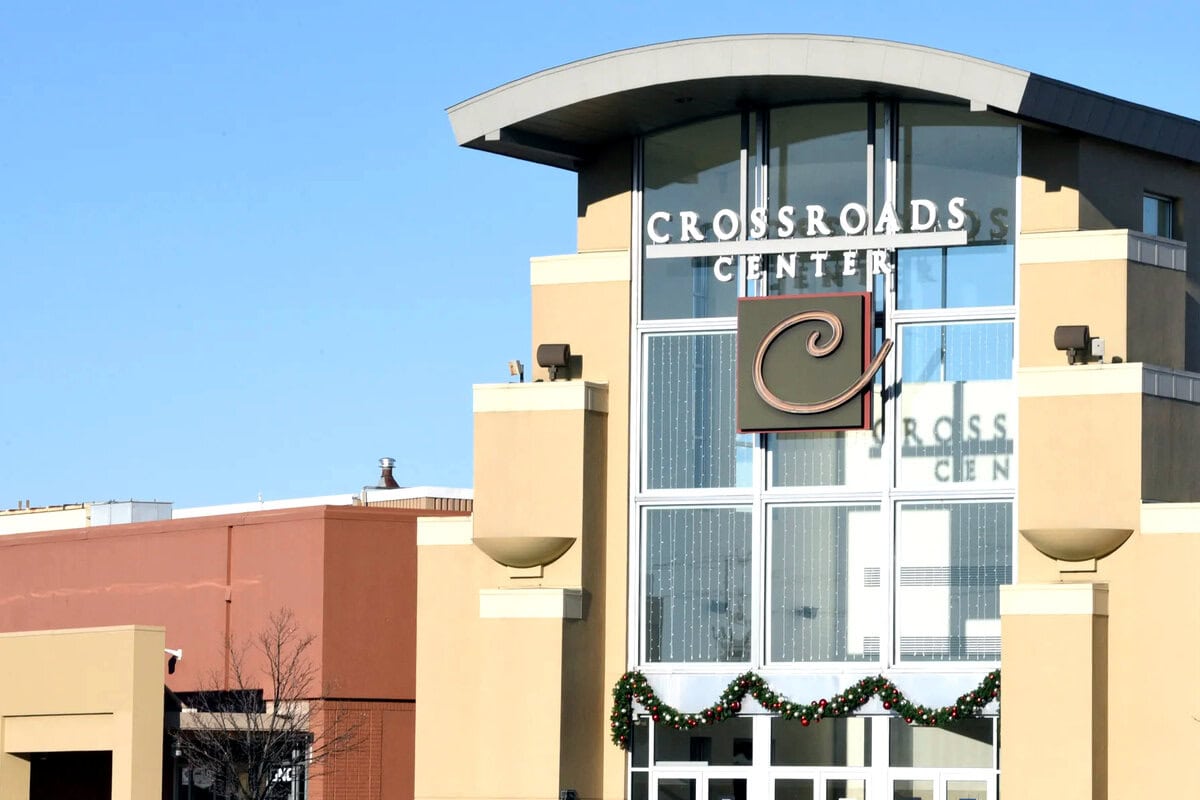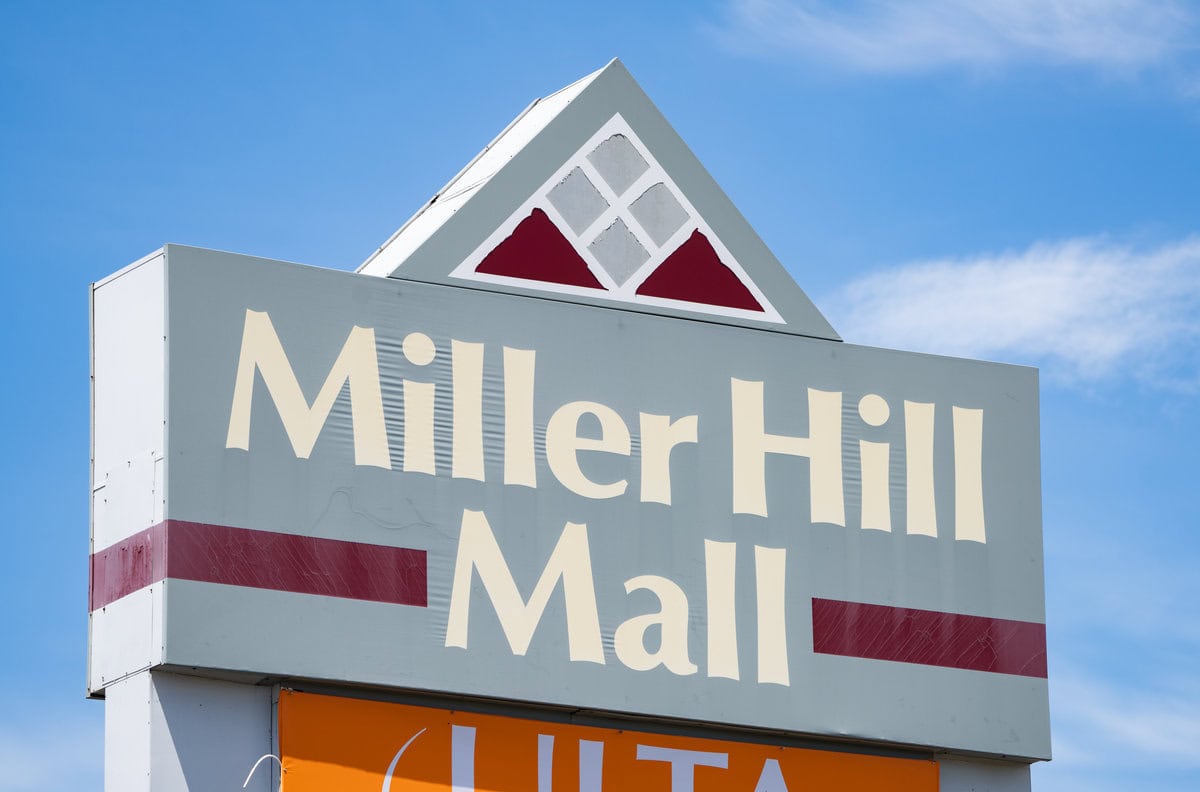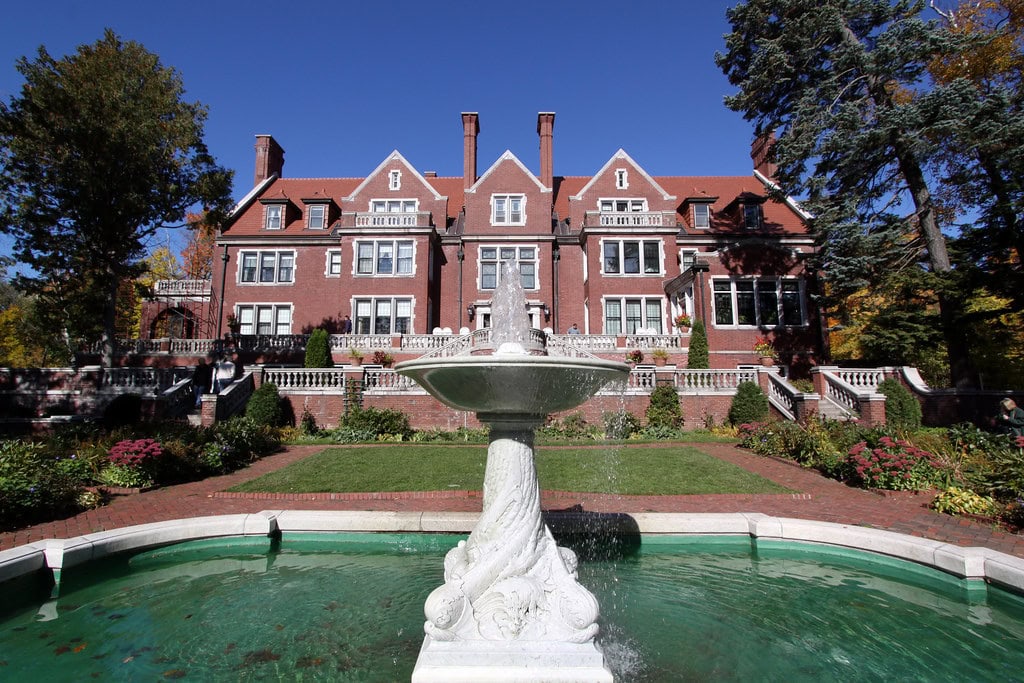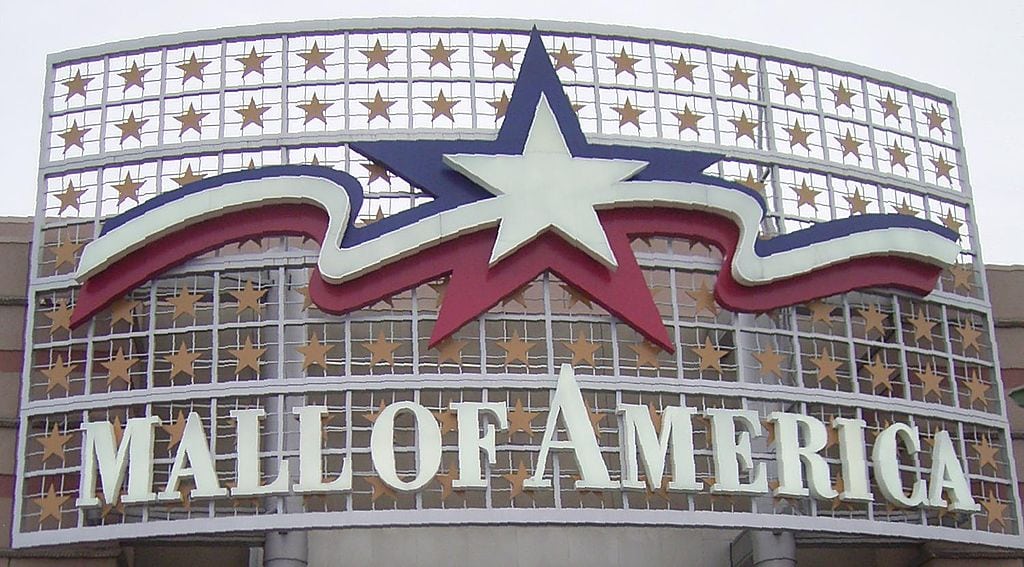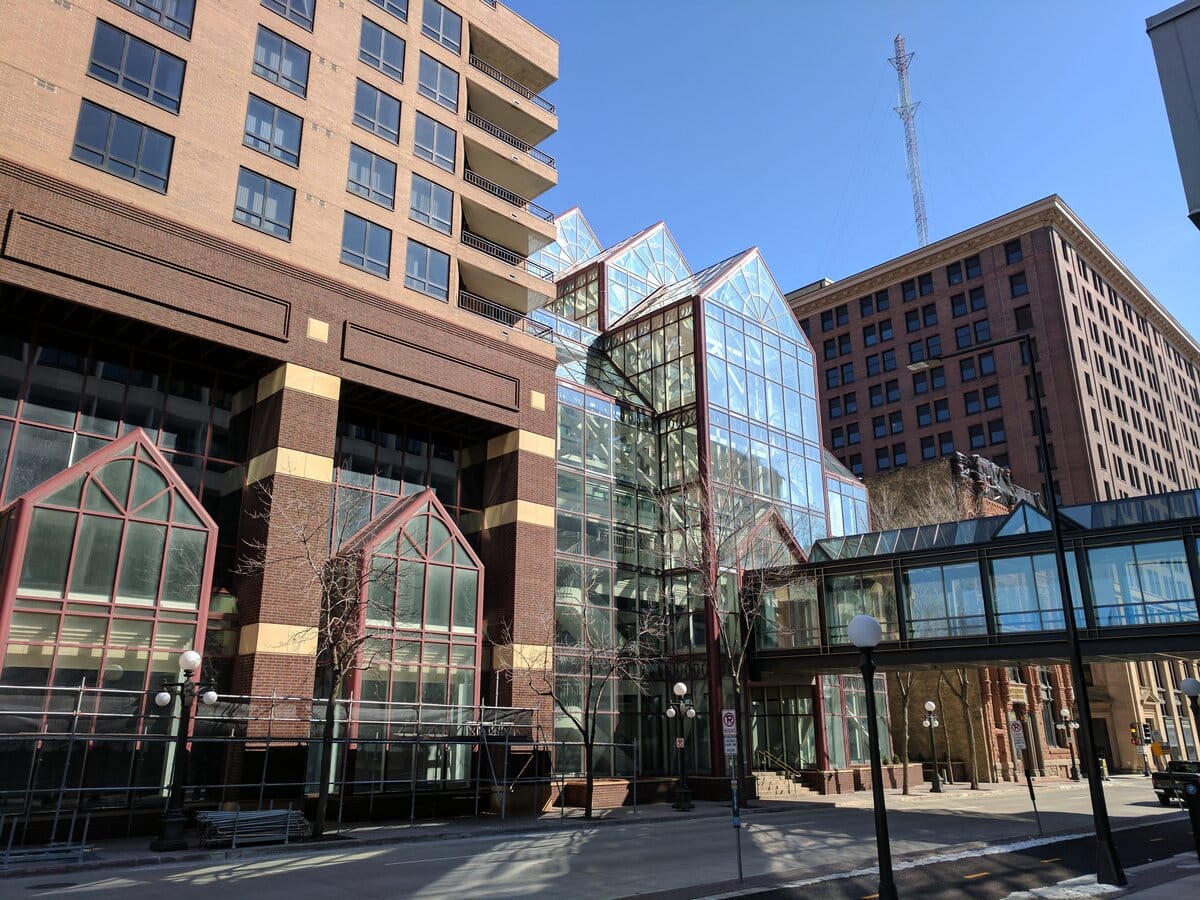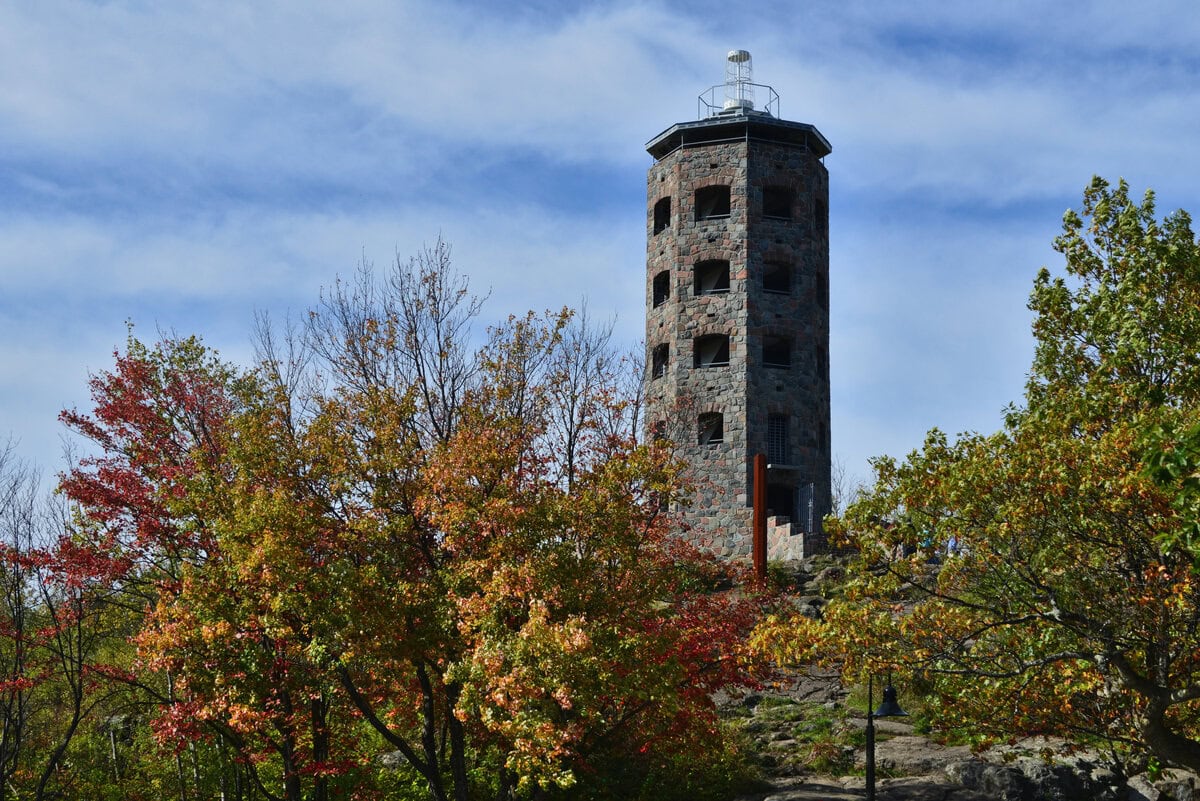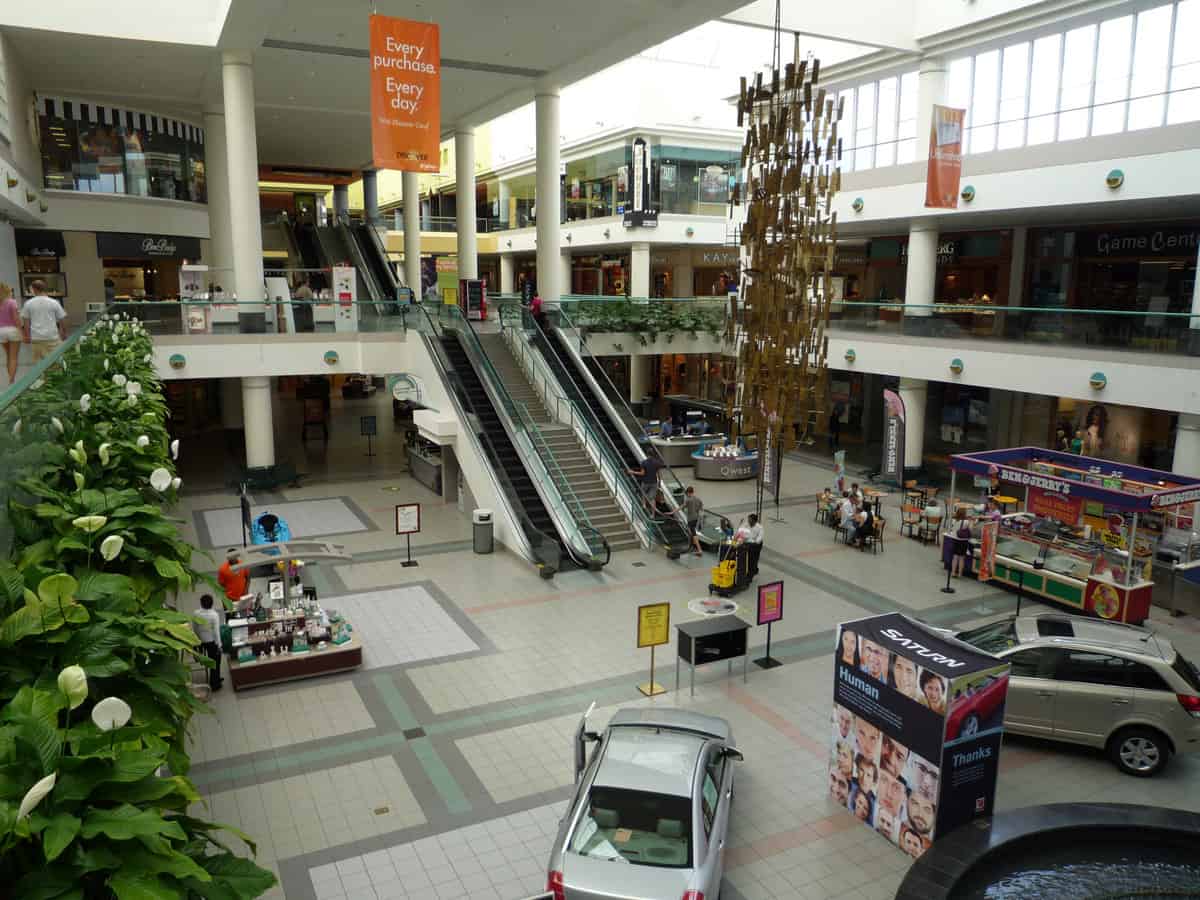Where Shopping Once Meant Something
Before curbside pickup, before algorithmic coupons, there was a mall in Edina, Minnesota that promised something closer to a civic square than a strip of shops.
Southdale Center opened in 1956, designed not to trap you in a buying spree but to invite you to stay awhile.
Cafés, fish ponds, and public art shared space with Dayton's and Woolworth.
That was the pitch. In a country rearranging itself around cars and cul-de-sacs, Southdale Center tried to pull in the other direction.
Building the Business - From Drawing Board to Opening Day (1948-1956)
Long before a single square foot of tile was laid in Edina, the idea for Southdale Center began with an Austrian émigré marooned in a Detroit snowstorm.
Victor Gruen, stuck in 1948, pitched Oscar Webber of Hudson's department store on a new kind of suburban retail complex.
The first attempt didn't land. But Webber circled back a year later.
By 1952, Gruen had new backing: the Dayton family in Minnesota, eager to try the model next to their expanding retail footprint in the Twin Cities.
The site was Edina. Zoning laws were quickly changed. On June 17, 1952, Gruen and Dayton's president, Donald Dayton, announced the plans.
Initial costs were pegged at $10 million. When construction broke ground on October 29, 1954, the price had doubled to $20 million.
That money built an enclosed, air-conditioned structure over 800,000 square feet, with room for 72 tenants and 5,200 parking spaces.
The anchor stores were Dayton's, Donaldson's, Walgreens, and Woolworth.
October 8, 1956, marked opening day. More than 40,000 people came. The mall offered more than retail.
A 21-foot birdcage, a fishpond, and a sidewalk café gave visitors reasons to linger.
Gruen had borrowed elements from the arcades of Vienna, blending retail with social space.
Frank Lloyd Wright was unimpressed.
In a November 1956 tour, he called it "a garden court with all the evils of the village street and none of its charm." But people came anyway.
In the early 1950s, few other things to do in Edina, Minnesota could draw that many people on a weekday morning.
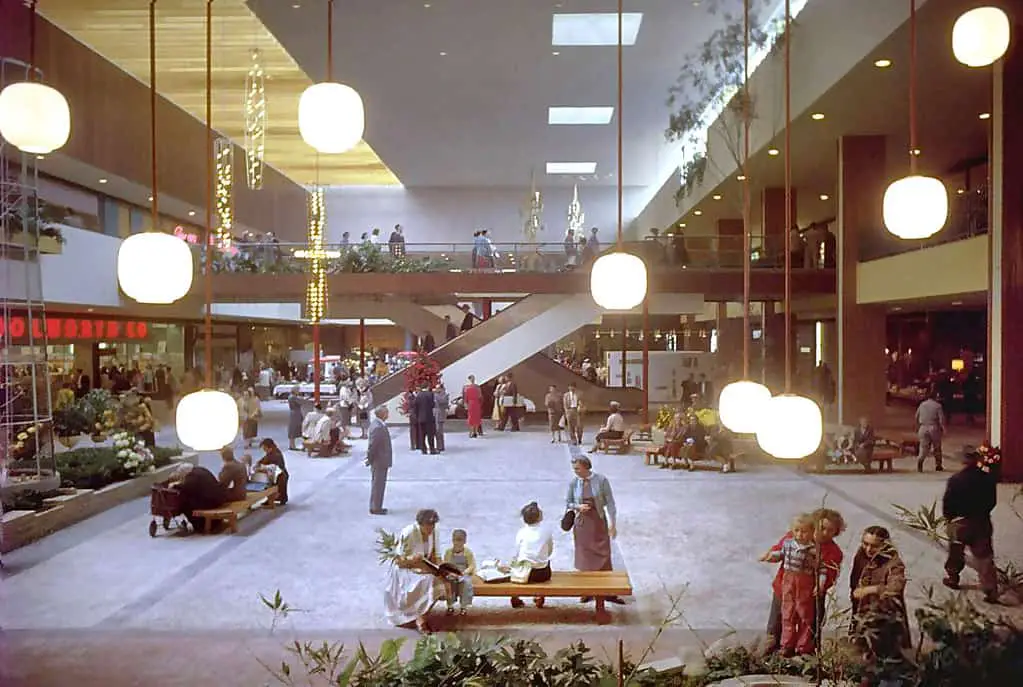
Market Positioning and Retail Competition (1958-1990)
The early years after opening were steady.
Sidewalk Café opened as one of the first enclosed restaurants to mimic an outdoor feel, placing checked tablecloths and iron furniture under skylights near the center court.
The mall didn't stay still long.
In 1972, JCPenney joined Southdale Center with a 248,000-square-foot store, adding bulk to the west side of the building and reshaping the foot traffic pattern.
A new corridor connected it back to Dayton's and Donaldson's, linking all three anchors.
Galleria Edina arrived in 1976. It sat directly across France Avenue and opened with a sharper focus on upscale merchandise.
This was Southdale's first real challenge. The Galleria leaned into a quieter, boutique feel.
Where Southdale Center offered one-stop shopping, the Galleria aimed to make you feel like you shouldn't be carrying a shopping bag from a discount chain.
Donaldson's, one of Southdale's original anchors, didn't make it to the next decade.
In 1987, the chain merged with Carson Pirie Scott.
The consolidation removed the brand from the Twin Cities market.
Through the 1980s, Southdale Center still held its own, but there were early cracks.
Tenants turned over more frequently. Some older interior finishes started to feel out of step with newer competitors.
The three-anchor format continued, but suburban shoppers were spreading out, Ridgedale in Minnetonka and Burnsville Center both opened within the same era and drew some of Southdale's reach away.
Renovations, Mergers, and Anchor Turnover (1991-2008)
In 1991, Dayton's made a move. They planned a much larger store just north of their original footprint at Southdale Center.
The original was demolished to make way for smaller retail tenants, a reworked garden court, and new structured parking.
This marked the mall's first large-scale reinvestment since opening.
Southdale's layout changed, but the idea of anchoring it with department stores remained the playbook.
Ownership changed, too. The O'Connor Group, a real estate firm from New York, bought Southdale Center on June 30, 1997, for $125 million.
Around this time, Marshalls moved into the mall's lower level, repurposing basement space that hadn't been built with anchor use in mind.
Mall management offices were reconfigured around it.
Dayton's, meanwhile, took over Marshall Field's in 2001, adopting the Chicago-based name.
In 2001, Southdale Center tried another tactic: more entertainment.
A sixteen-screen AMC Theatres complex opened, paired with a restaurant and retail cluster branded as The District on France.
Tenants like The Cheesecake Factory, Maggiano's Little Italy, and California Pizza Kitchen gave it a chain-heavy, suburban dining mix.
The third floor got attention too, teen-focused stores were brought in under the label "Trendz on Top".
Despite these efforts, tenant loss picked up. Mervyn's closed in 2004, just after being sold off by May Department Stores.
That exit started a run: Crate & Barrel, Select Comfort, The Bombay Company, and Ritz Camera all pulled out.
In 2006, another rebrand took place. Marshall Field's turned into Macy's, completing the shift of Southdale's largest tenant away from local identity.
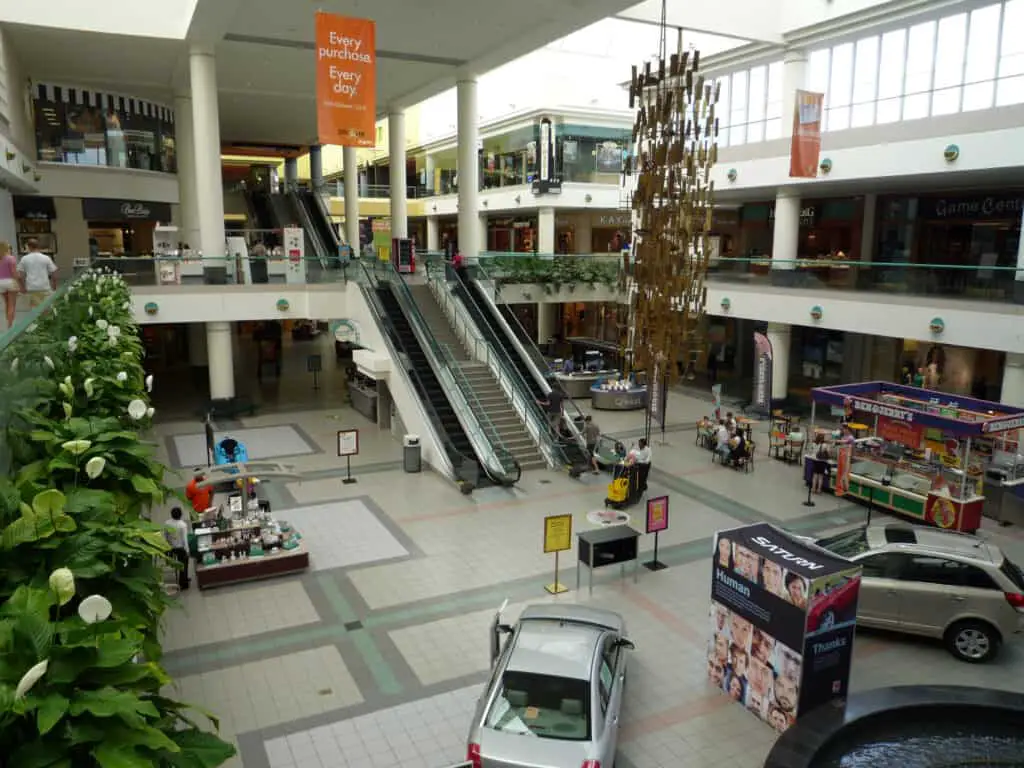
Capital Improvements and Anchor Replacement Strategy (2009-2016)
In February 2011, Simon Property Group unveiled new plans for Southdale Center that hinged on making use of empty anchor space and introducing fresh dining traffic.
Herberger's, a regional department store, took over the long-vacant Mervyn's location.
At the same time, Simon approved a redesign of the food court.
The old third-floor setup had never pulled strong numbers.
A new version was placed near JCPenney, at the north of the property, with space for eight tenants and newer chain offerings like Smashburger and Qdoba.
But progress brought trade-offs. Ralph's Shoe Service, one of the mall's longest-running stores, closed in the process.
It had opened in 1957, less than a year after the mall itself.
The closure wasn't due to sales, it was a matter of lease termination tied to the food court footprint.
Marshalls also left. The store had operated in the repurposed lower-level space since the late 1990s.
By 2011, it had relocated to a separate Bloomington retail strip.
The mall backfilled the square footage in 2015 when Gordmans, a Nebraska-based discount chain, opened in the vacated space.
Gordmans filed for bankruptcy two years later and shut down its Southdale Center location by mid-2017.
Construction continued on new real estate outside the original walls.
Homewood Suites by Hilton broke ground in the northeast lot.
The hotel aimed at business travelers and longer-term guests, but its footprint made clear that the mall's surface parking was no longer considered untouchable.
That was a change in direction, previously, the lot had remained static even as anchors rotated out.
Redevelopment, Luxury Leasing, and Vertical Growth (2017-2025)
JCPenney closed its Southdale Center location on July 31, 2017.
Building had stood since 1972, but by then the national chain was pulling back from most of its underperforming suburban sites.
The structure was razed, and Simon filled the footprint with something different: a Life Time Fitness complex.
The new build cost $43 million and opened in 2019.
It included a rooftop pool and gave the center its first large-scale wellness tenant.
Herberger's lasted slightly longer. In April 2018, Bon-Ton announced the closure of over 200 locations, and Southdale's anchor shut down that August.
Demolition of the Herberger's structure followed, but redevelopment plans shifted.
Hennepin County initially said its Southdale Library branch would move into the space, but by 2022, the project was cancelled.
A grocery chain took over instead.
Kowalski's Markets opened in the space in May 2024.
Next to it, a new entertainment use filled the remaining square footage: Puttshack, a tech-based mini golf chain.
The old District on France section, which had never fully stabilized its tenant base, began conversion into a hybrid of fashion and restaurant leases based loosely on the retail format at The Shops at Crystals in Las Vegas.
Simon's plans by 2025 called for 40 new leases. Aritzia, Mango, Rowan, Pandora, and JD Sports were among those confirmed.
Luxury additions, Gucci, Burberry, Watches of Switzerland, Moncler, and Max Mara, were bundled into a new wing set to open June 12, 2025.
Meanwhile, nearby transit was also changing.
The Metro E Line, a new bus rapid transit route, was scheduled to begin service in December 2025 with a dedicated Southdale stop.
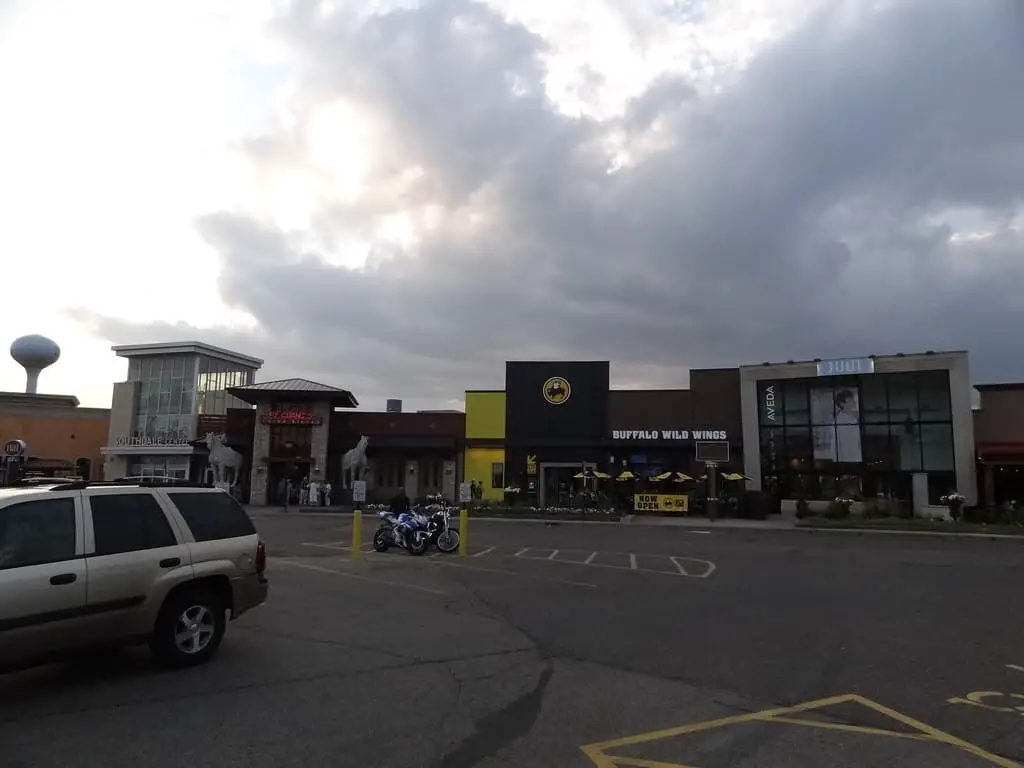
🍀

